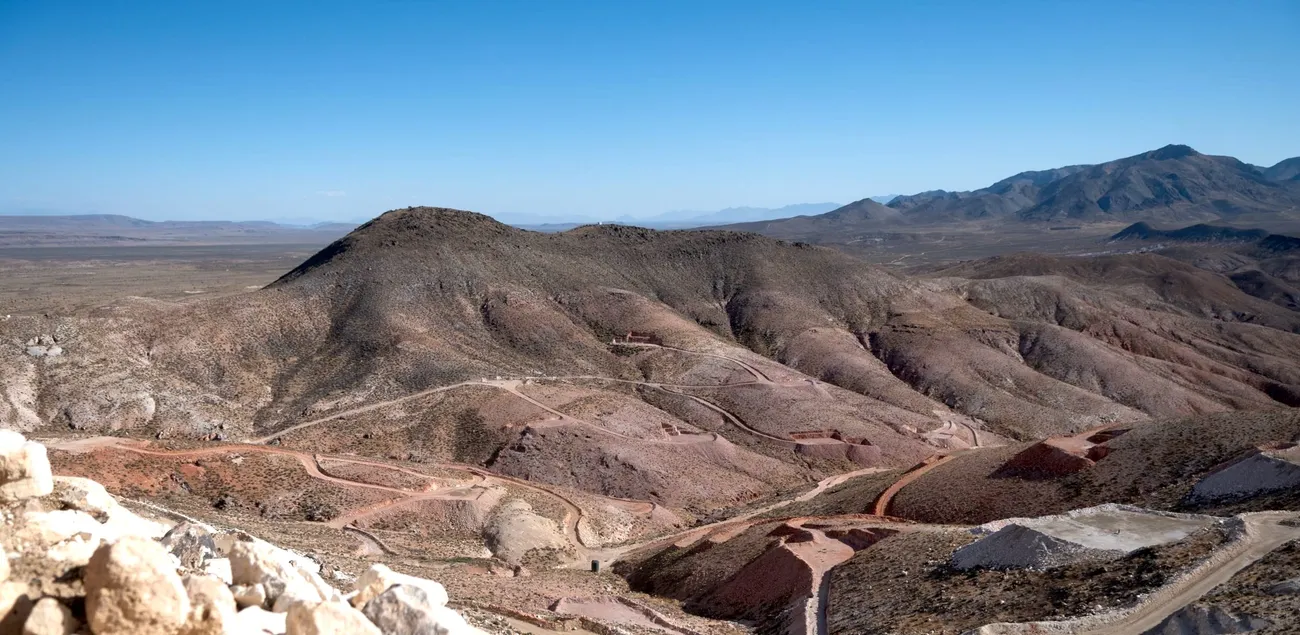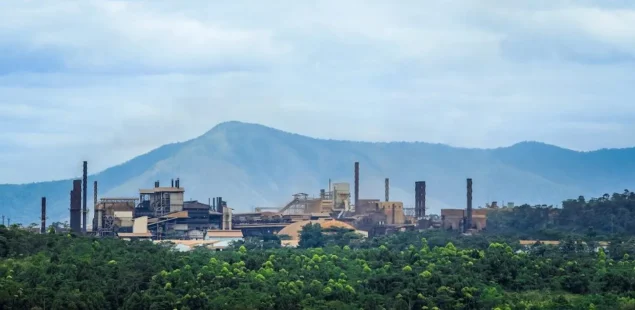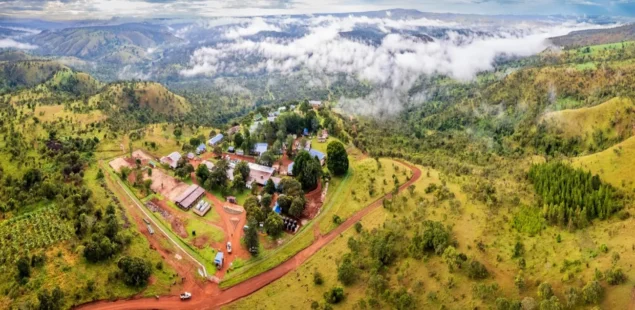
Augusta Gold, a Canadian junior focused on southern Nevada, and AngloGold Ashanti, a Denver-based multinational gold producer, have agreed an all-cash transaction under which AngloGold will acquire all outstanding Augusta shares for C$1.70 (US$1.24) apiece, valuing the equity at roughly C$152 mn (US$111 mn). Including the repayment of about C$45 mn (US$33 mn) in shareholder loans, the deal implies an enterprise value close to C$197 mn (US$144 mn). Completion is targeted for the fourth quarter, pending customary approvals.
Deal Terms and Valuation
The agreed price represents a 28 per cent premium to Augusta’s C$1.33 close on 15 July and about 17 per cent to the volume-weighted average over the past month. Holders representing 31.5 per cent of Augusta’s 86 million shares have signed voting support agreements. Augusta estimates its fully diluted resource addition to AngloGold at 1.3 million ounces measured and indicated plus 2.3 million ounces inferred across the Reward and Bullfrog deposits, translating to an EV per attributable ounce of roughly US$40—well below recent Nevada transaction averages of US$55-70.
Strategic Rationale: Building a District-Scale Hub
The purchase gives AngloGold complete control of the Beatty district, 300 km north-west of Las Vegas, where it already owns the Silicon, Merlin and North Bullfrog projects acquired for a combined US$520 mn in 2022. Folding in Reward—now at shovel-ready feasibility stage—and Bullfrog’s historic open pits enables optimised sequencing of oxide ore and common infrastructure for crushing, heap leach and Merrill-Crowe processing. Management has flagged first production from Silicon in 2028; integrating Augusta’s ounces could lift steady-state output above 400,000 oz a year while lowering all-in sustaining costs through shared power, water and reagent contracts.
Financing, Closing Conditions and Execution Risk
AngloGold will fund the purchase from its US$2.5 bn revolving credit facility and cash on hand, preserving balance-sheet flexibility for the Obuasi phase-3 ramp-up in Ghana and the Quebradona copper-gold project in Colombia. Beyond shareholder and court approvals, the only material conditions are US-HSR antitrust clearance and consent from the US Bureau of Land Management to transfer Augusta’s permits; both are considered low-risk. Augusta’s chairman Richard Warke said the offer “delivers immediate, certain value” while ensuring the projects “will be developed by a company with the scale and technical depth they require.”
Market Impact and Pricing
Gold has traded in a US$2,250–2,450 oz band since May, supported by robust central-bank buying and geopolitical hedging. The premium paid underscores renewed appetite for reserve replacement after two years of cost inflation curbed green-field spending. The deal lifts year-to-date gold M&A to almost US$6 bn, led by Newmont’s US$1.7 bn bid for Marathon Gold’s Valentine project and Barrick’s US$650 mn earn-in at Reko Diq.
Company Background and Market Context
AngloGold Ashanti produced 2.6 million ounces last year from assets spanning Africa, Australia and the Americas; its relocation to Denver in 2023 signalled a strategic shift toward lower-risk jurisdictions. Net debt ended March at US$920 mn, just 0.6 times EBITDA. Augusta Gold, formerly Bullfrog Gold, controls 15,900 hectares of claims near the historic Bullfrog mine operated by Barrick in the 1990s. Reward is fully permitted, hosts reserves of 0.72 million ounces at 0.79 g/t, and requires an estimated US$185 mn capex for a 90,000 oz-a-year heap-leach operation. Bullfrog holds a 1.1 million-ounce inferred inventory and offers oxide-sulphide growth upsides.
The acquisition fits a broader consolidation trend as mid-tier producers race to secure North-American ounces ahead of anticipated permitting reform. Nevada remains the world’s fifth-largest gold-mining region, but oxide discoveries are increasingly scarce; district-wide planning is expected to streamline environmental reviews and limit capital duplication.
Gold is central to reserve assets and jewellery demand, with mine supply essentially flat at 3,600 tonnes in 2024 amid declining grades and capex austerity. Prices have risen 16 per cent year-on-year, yet cost deflation in diesel and reagents has restored producer margins to around US$950 oz, supporting the uptick in merger activity.



